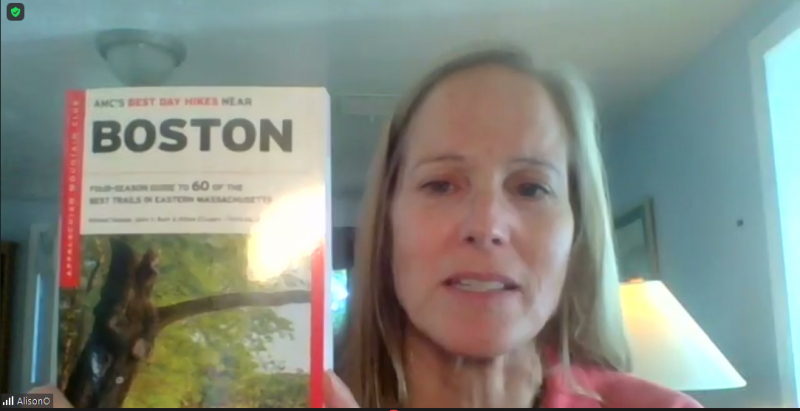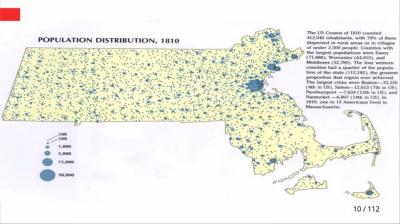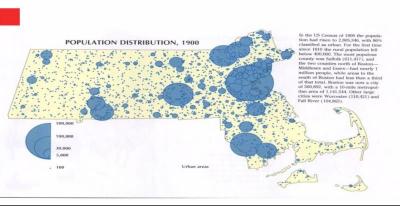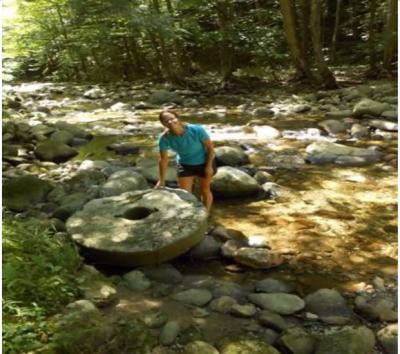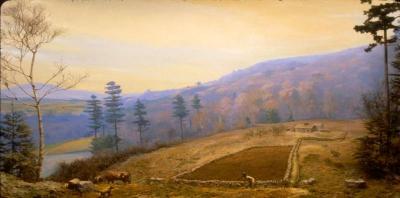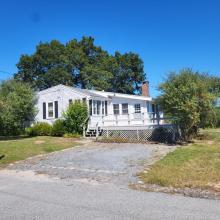Take a hike: Author talks land history in library presentation
Author and journalist Alison O’Leary knows the best day hikes near Boston -- and a few of them are close to Wareham, too.
O’Leary led a talk with the Wareham Library Foundation, where she detailed some of the hiking spots in her book, “Best Day Hikes Near Boston.”
The book is a guide to 60 hikes, from Cape Ann to Chatham. It has information, guides and graphs that detail information from the difficulty of hikes to whether they’re dog-friendly. But one thing O’Leary wasn’t able to fit as much of in the book was history.
“I kept saying I really want to get this information in,” she said.
But her editor only allowed her a small bit of space under each hike’s description to get into the history.
“No, no. Just the facts, ma’am,” he told her.
So O’Leary took it upon herself to teach the history of the hikes in talks.
She said her interest in the history of land was first piqued when she found a California gold coin in her backyard as a child.
“It’s not as though my house is the first structure on this land,” she said. “It’s not as though my family are the first people on this land.”
O’Leary described hikes and things to do at Bradley Palmer State Park, Middlesex Fells, Lynn Woods, Walden Pond, Burrage Pond, Whitney Thayer Woods, Blue Hills and Myles Standish State Forest. And a few of those spots had some interesting history to go along with the hikes.
Bradley Palmer State Park’s namesake, an avid equestrian, had no heir. So his 721-acre property defaulted to the state after his death. Palmer’s mansion on the property, featuring ornate woodwork and a stone facade, is available for Massachusetts residents’ events.
There’s a local legend in Lynn about the Lynn Woods, which says a pirate that ran from a battle with the British Militia in the city elected to live under a rock in the Lynn Woods with his treasure. He and his treasure are said to have been crushed by the rock.
In the mid-1800s, Hiram Marble, a man who claimed to be able to speak to the dead, said he was called to the supposed site of the pirate’s demise, and began digging for the pirate’s treasure. The result was a 135-foot tunnel in the woods which can be visited today.
O’Leary also described the history of land in the state in general. Before industrialization, forests were a rarity -- farmers would raze the land for crops and livestock.
Post-industrialization, some of those forests began to grow back. White Pines were the first to repopulate the land and can now be seen, often contrasted by stone walls built by farmers, across the state.
Between park history and forest bathing, a kind of meditation in nature, O’Leary wants people to better appreciate nature.
“We tend to take for granted what we have in these green spaces,” she said.



